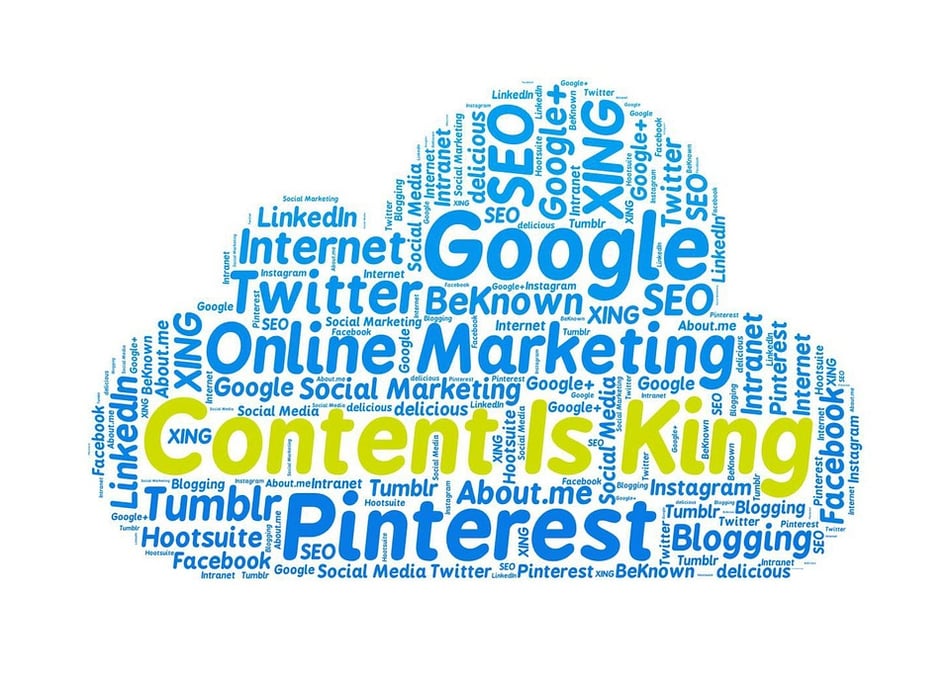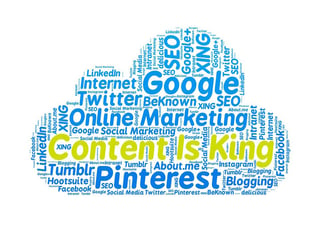The Basics of Inbound Marketing


Not only has the way we buy changed, the way we want to be marketed to has also changed. In traditional marketing, the focus was on making things convenient for the marketer. Customers put up with interruptive messages that didn’t always create a positive experience.
Inbound marketing on the other hand, is customer centric – focusing on the needs of the customer by providing relevant, useful content that is presented in the right context.
Inbound Marketing Starts with Personas.
In order to create the right content to attract the people who may buy from you, you need to identify who these people are. Research your buyers, don’t make assumptions. Take the time to interview current, former and prospective clients to create persona stories. Identify their role in their organization, what motivates them, the challenges they are facing and how’s the best way to reach them.
Inbound marketing understands the buyers journey – from the buyer’s perspective.
It’s not enough to know the 3 stages of the buying journey – awareness, consideration and decision – you need to know what’s important to your buyer in each of these stages. Buyers are looking for content that offers more than just the promotion of your product or service. Be sure to share helpful content that focuses on the needs of the buyer and provides them information they need to make a decision in later stages of the buying journey.
Inbound marketing leverages contenT.
Creating content in the right context is only the first step. You have to make it available where your buyers are spending their time. Make sure you have a process when creating and sharing content:
Plan
- Your content should have a purpose (are you trying to convert web visitors to leads?) and should be in a format (blog, case study, white paper, etc.) that meets your personas expectations and that accounts for the time you have to create it and the amount of information you have
- Pick a topic that is most interesting and helpful to your buyers depending on where they are in their buyer journey
Create
- Content should be solution based versus product based – focus on your buyers needs not your product or service
- Create content that is informative and educational - not promotional – you shouldn’t even mention your product until you are talking to buyers in the decision stage of the buyer journey
Distribute and promote
- Make sure you spend as much or more time distributing and promoting content as you do creating it
- Identify where your personas are and when they are most active - your content needs to be in front of the right person at the right time
Analyze
- What worked and what didn’t?
- Did you have the right topic? the right format? the right distribution?
- Look at metrics – web visits and views; social shares; leads generated
Repeat
- It’s a continuous cycle – promote and promote again
- Repeat what works well and keep your audience engaged
Inbound marketing uses numerous tactics.
To be successful, you’ll need to choose more than just one marketing tactic. Once you have a clear understanding of your buyer personas you can reach them in a number of different ways:
- Blog posts
- Social media
- Videos
- Case studies
- White papers
- eBooks
- Email marketing
But before you get started with these various tactics, make sure your website can support them. Your website is the distribution centre and needs to be responsive and SEO friendly. An easy-to-use Content Management System (CMS) also helps. Once you have a strong website, content can easily be created and distributed.
Inbound marketing is all about sharinG.
At its core, inbound marketing is all about sharing content with your buyers. It’s providing them with the information they are looking for, when they are looking and where they are looking. HubSpot sums it up best, “Inbound marketing focuses on creating quality content that pulls people toward your company and product. By aligning the content you publish with your customer’s interests, you naturally attract inbound traffic that you can then convert, close, and delight over time.”1
We’re proud to say that, at The Mezzanine Group, each of our team members is Inbound Certified by HubSpot. If you want to discuss how focusing on inbound marketing can positively impact your buyers’ journey and deliver qualified leads, contact us.
.png?width=2361&height=488&name=Mezzanine%20Logo_Horiz_RGB_on%20blue%20(1).png)
